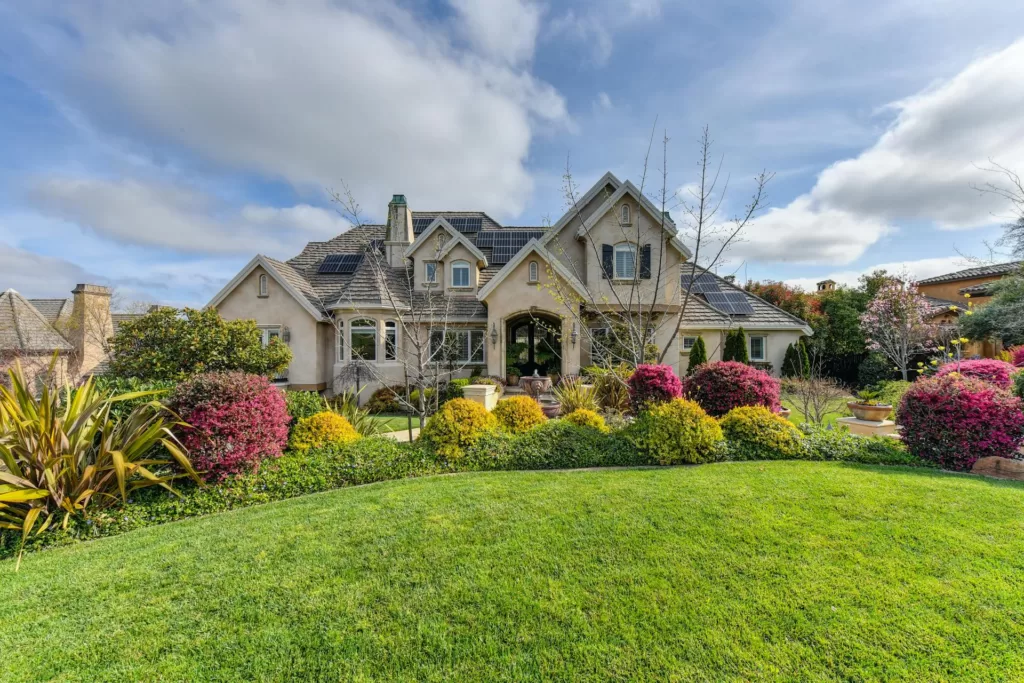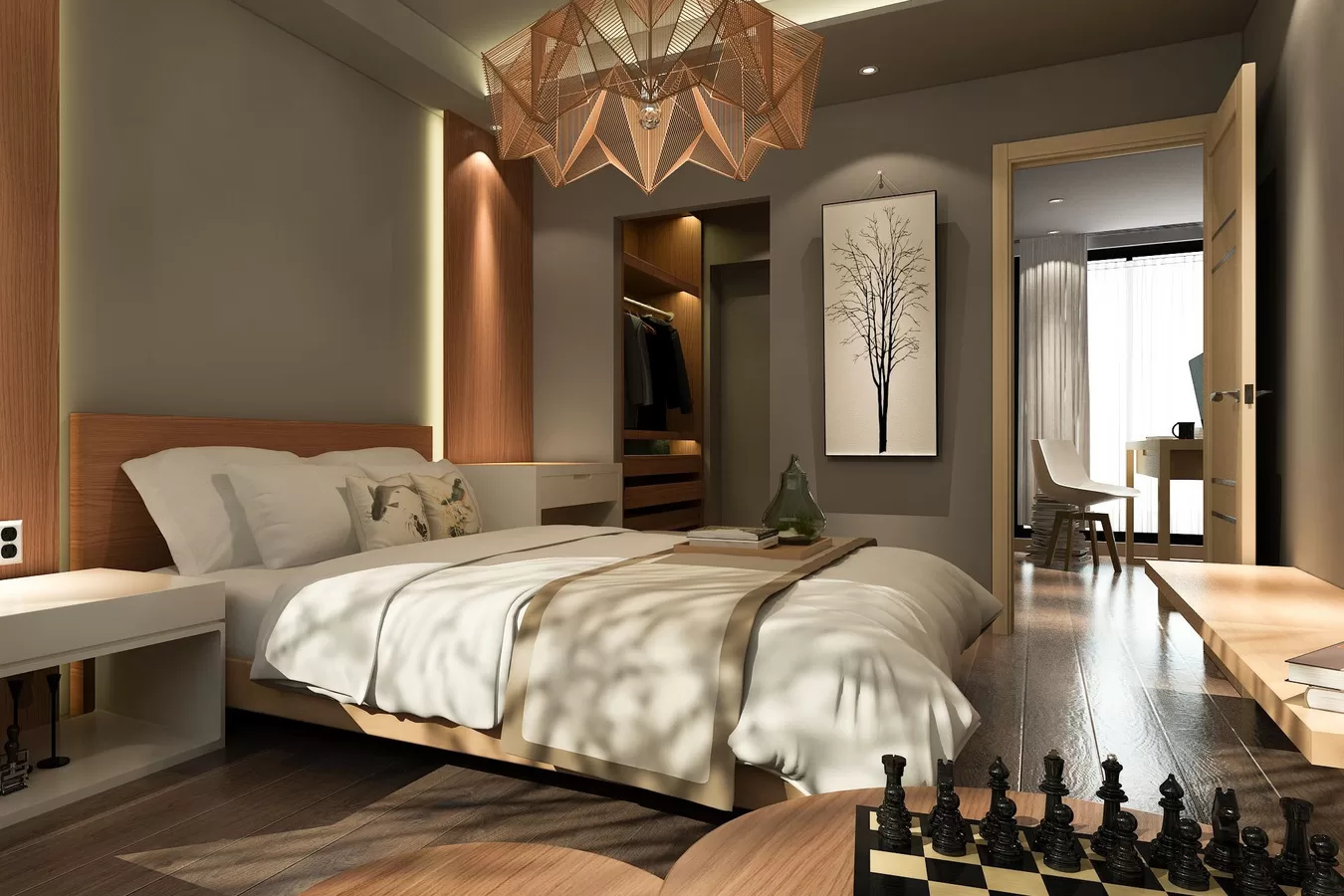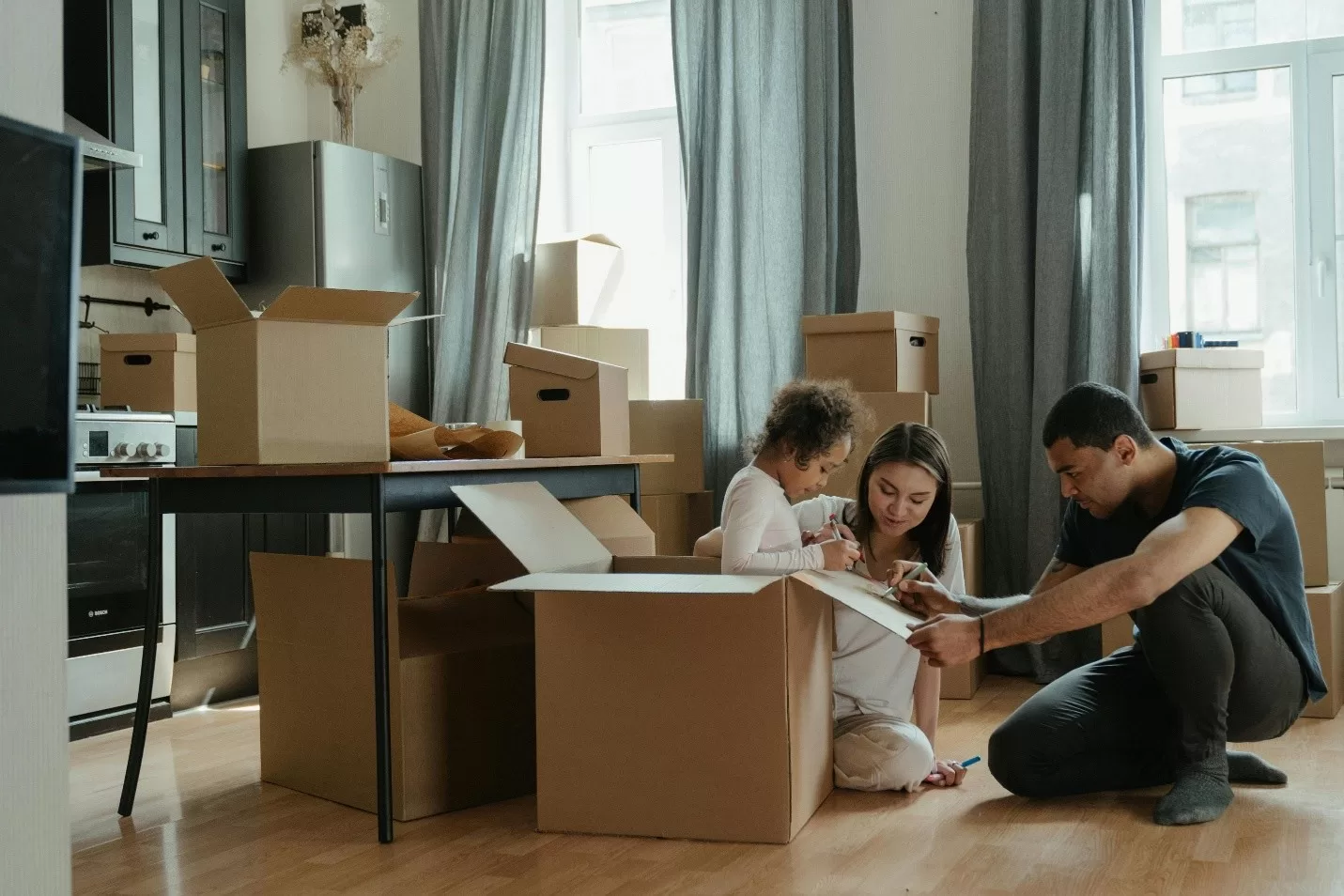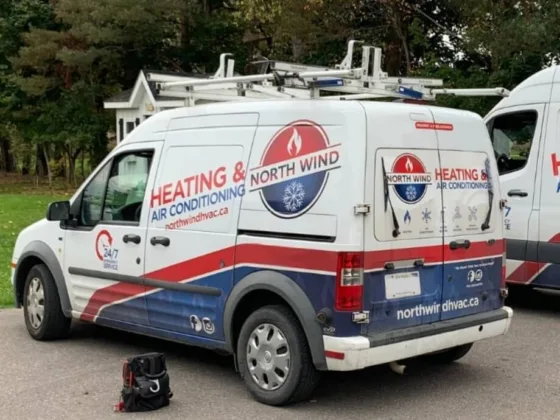As the world embraces sustainable living practices, the construction industry is undergoing a transformative shift towards green building materials. These materials not only contribute to environmental preservation but also play a crucial role in enhancing the efficiency of homes.
In this exploration of green building materials, we delve into innovative solutions that redefine construction practices, aligning with the vision of energy-efficient homes and catering to the needs of environmentally-conscious individuals.
The Essence of Energy-Efficient Homes:
At the heart of the green building revolution lies the aspiration to create energy-efficient homes. Energy efficiency encompasses not only the operational aspects of a home, such as heating and cooling systems but also the materials used in its construction.
Potential customers seeking sustainable living solutions often grapple with the challenge of making their homes energy-efficient without compromising on aesthetics or affordability. This article aims to shed light on how the choice of green building materials can be a cornerstone in achieving both efficiency and sustainability in residential construction.
Insulating with Natural Fibers:
Traditional insulation materials often come with environmental concerns, prompting the rise of natural fiber insulation as a sustainable alternative. Materials like sheep’s wool, cotton, and hemp fibers provide effective insulation while minimizing the environmental impact.
For potential customers, concerns about the effectiveness and availability of natural fiber insulation may arise. However, educating individuals about the superior thermal performance, breathability, and renewable nature of these materials can alleviate these concerns, paving the way for the adoption of green insulation in energy-efficient homes.
Recycled and Reclaimed Wood:
The use of recycled and reclaimed wood in construction not only reduces deforestation but also imparts a unique character to homes. Potential customers may worry about the durability and structural integrity of recycled wood.
Assuaging these concerns involves showcasing the quality and strength of recycled and reclaimed wood, emphasizing that it can be as reliable as virgin timber. By choosing recycled wood for construction, homeowners not only contribute to sustainable forestry practices but also create a warm and eco-friendly living space.
Energy-Efficient Concrete Alternatives:
Concrete is a fundamental building material, but its production is energy-intensive and generates a significant carbon footprint. Innovative alternatives such as fly ash, slag cement, and geopolymer concrete offer low-carbon options without compromising structural integrity.
Potential customers might be skeptical about the strength and cost-effectiveness of these alternatives. Educating individuals about the reduced environmental impact, comparable strength, and long-term cost benefits can encourage the adoption of energy-efficient concrete alternatives, aligning with the vision of sustainable and efficient homes.
Read Also :
Low-Emissivity (Low-E) Windows:
Windows play a crucial role in the energy efficiency of a home, and Low-E windows have emerged as a green solution to minimize heat transfer. These windows have a thin coating that reflects heat while allowing visible light to pass through. Potential customers may question the effectiveness and affordability of Low-E windows.
Addressing these concerns involves highlighting the energy savings, improved comfort, and the potential for long-term cost benefits associated with reduced heating and cooling needs. By integrating Low-E windows into their homes, individuals contribute to energy efficiency while enjoying the benefits of natural light.
Bamboo Flooring: Strength in Sustainability:
Bamboo flooring stands out as a sustainable alternative to traditional hardwood, as bamboo grows rapidly and is highly renewable. Potential customers might be curious about the durability and versatility of bamboo flooring compared to traditional options.
Demonstrating the strength, versatility, and aesthetic appeal of bamboo flooring can dispel doubts and showcase it as a viable choice for energy-efficient homes. Bamboo flooring not only adds a touch of natural elegance but also aligns with the principles of sustainability, making it a preferred option for eco-conscious homeowners.
Cool Roofs for Climate Control:
Cool roofs, designed to reflect more sunlight and absorb less heat than traditional roofs, contribute significantly to energy efficiency. Reflective materials, coatings, and light-colored shingles characterize these roofs. For potential customers, concerns about the aesthetics or practicality of cool roofs may arise.
Emphasizing the energy savings, reduced cooling costs, and the positive impact on indoor comfort can address these concerns. Cool roofs exemplify how a simple change in roofing materials can contribute to a more energy-efficient home, creating a comfortable living environment while minimizing environmental impact.
High-Performance Insulated Panels:
High-performance insulated panels, commonly made of rigid foam insulation sandwiched between two layers of structural material, provide superior insulation and structural support. These panels offer a streamlined and efficient construction process, reducing energy consumption during both construction and the operational life of the building.
Potential customers may be unfamiliar with the benefits and applications of insulated panels. Educating individuals about the ease of installation, enhanced insulation properties, and potential long-term savings can position insulated panels as a sustainable and energy-efficient choice for home construction.
Energy-Efficient Homes: A Fusion of Sustainability and Comfort:
As we navigate the realm of green building materials, the concept of energy-efficient homes emerges as the guiding principle. The pain points associated with sustainability, durability, and cost-effectiveness can be addressed through education about the benefits of green materials.
By choosing recycled wood, natural fiber insulation, energy-efficient concrete, Low-E windows, bamboo flooring, cool roofs, and insulated panels, homeowners not only contribute to environmental preservation but also create homes that prioritize efficiency and comfort.
The fusion of sustainability and comfort is exemplified through the conscientious selection of green building materials, paving the way for a future where homes are both eco-friendly and energy-efficient.










